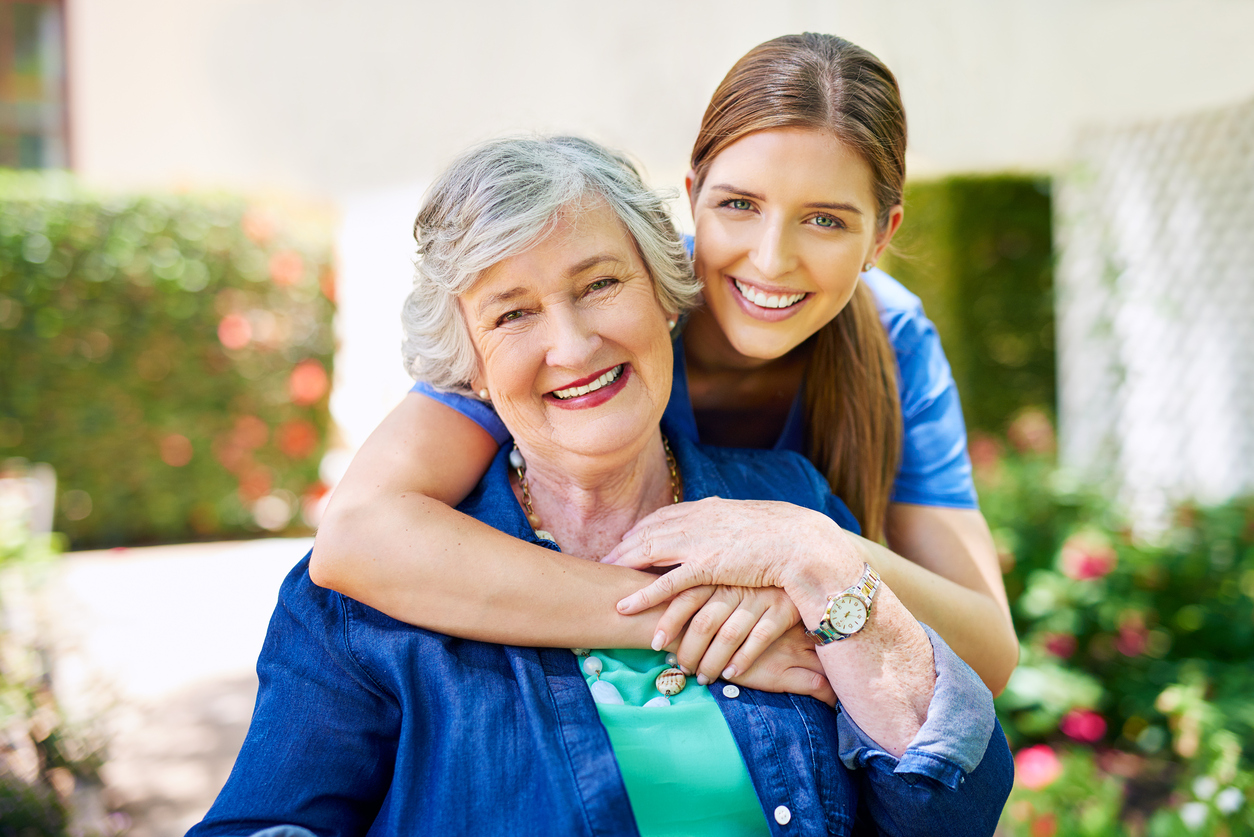Three Tips to Help Seniors Adjust to a New In-Home Caregiver
It is estimated that there are as many as 65.7 million people being cared for in homes across the United States, according to statistics from AARP. If you are the primary caregiver, you know that your loved one is likely very comfortable with the arrangement. Although your family member is accustomed to the situation, it is important to have a secondary caregiver who is ready and available to provide care.
Whether you need to supplement the care you provide or need to make a change, introducing a new caregiver can be somewhat difficult. Seniors may not be welcome to changes. There are several things you can do to help make the adjustment easier.
Interview for a Good Fit
Discuss the need for a new care provider with your parent. Your loved one will be able to adjust more easily if you give him or her time to get used to the idea of a new caregiver. When possible, allow your loved one to assist in the interview process. This will help you find a good fit. The best solution is a care provider who will be trusted to give reliable care and be able to offer companionship. Allow plenty of time to find a care provider who fits your needs. For example, if you have a vacation planned try to locate a replacement at least a month or two before you go.
Make a Slow Transition
When the time comes to change caregivers, try to make the transition as easy as possible. Have the new caregiver work alongside you for at least a few days so he or she can see the routine and understand the needs of the senior. Don’t rush to introduce someone new just because you are under a time constraint.
Allow your loved one to become comfortable with the new caregiver before you leave them alone. Try to schedule a partial day where you are gone for just a few hours. This gives the senior a sense of security and the situation will be less stressful. Talk about the care your loved one receives so you can improve the level of care that is being provided.
Maintain Daily Habits
Most people are used to doing the same things at the same time every day. Try to maintain these habits with the new caregiver so that the senior is able to stick to his usual schedule. Give the new caregiver written instructions that include details of the person’s regular routine along with some information about their likes and dislikes. Make sure that your parent has his medications and meals and is able to do his regular activities throughout the day. It could take a few visits before your parent will become more comfortable with a new caregiver.
Changing caregivers can be hard for seniors, but it is often necessary. Have patience and compassion when bringing a new person into your parent’s life. Remember that older individuals feel safe when they follow their usual schedule and trust the person who cares for them.
Related Articles:
https://valleyhca.com/will-my-moms-shyness-keep-her-from-adjusting-to-a-caregiver/
https://valleyhca.com/home-care-services-modesto-ca-how-can-you-deal-with-a-resistant-aging-adult/
https://valleyhca.com/elder-care-fresno-ca-5-ways-to-sway-aging-relatives-on-elder-care-assistance/
https://valleyhca.com/senior-care-fresno-ca-what-to-look-for-in-a-senior-care-agency/
https://valleyhca.com/elderly-care-modesto-ca-what-does-defensive-driving-mean-for-your-older-adult/
https://valleyhca.com/can-senior-care-help-a-senior-with-balance-issues/

